2021: The year science saved us and promised to save us again
Landing on Mars and a life-saving vaccination programme ... examples if they were needed of the power of science and our ongoing need for new discoveries, explains Steven Cutts

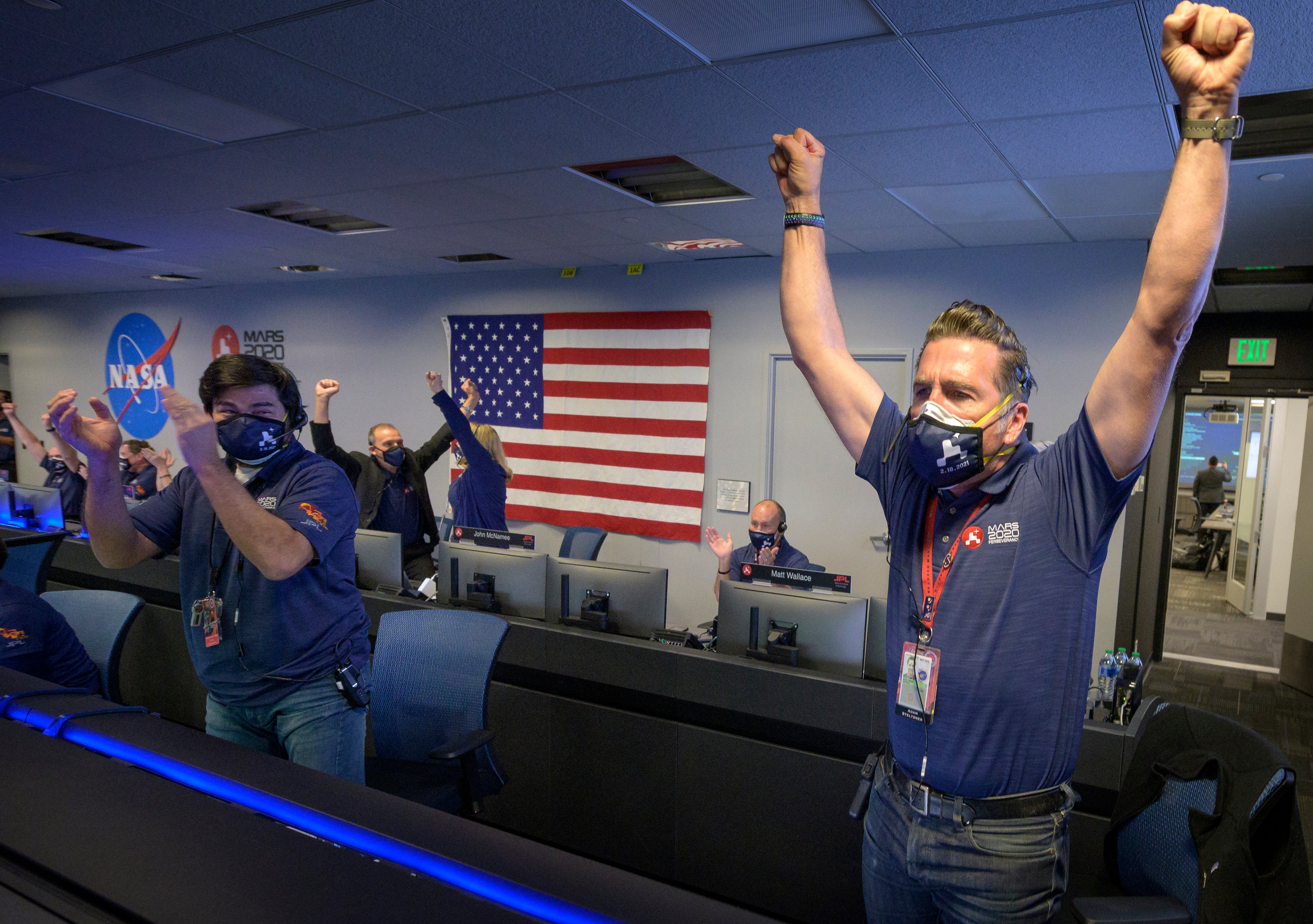
From a tech point of view, 2021 started with a spectacular landing on Mars by the latest Nasa rover. Using off-the-shelf digital cameras, the scientists managed to film the whole spectacular process and play it back in glorious colour. An event that might only have appealed to astronomy geeks had the feel of an action movie.
But there was more good news to follow. We’re taking it for granted now but the arrival of the vaccination programme was about as good an advert as any for the benefits of modern technology. For once the British seemed to be ahead of the competition, rolling the stuff out in record time.
The fact that the government didn’t really have a lot of follow-up data didn’t seem to bother anybody, neither did the fact that the government ordered several different products. (Let’s face it, one batch of government ordered PPE turned out to be a dead duck and there was every reason to believe that some of the vaccine manufacturers might let us down in the same way.)
In the event, most of the vaccines seem to be working and at least some people seem to have had a good pandemic. Thousands of new patients turned up in the nation’s plastic surgery clinic. With nothing else to do and at a time of obligatory face coverings, they were hoping to hide all the bruising until the crisis faded.
It was a year that taught us that not every medical breakthrough is kosher. Wannabe tech entrepreneur Elizabeth Holmes found herself in court in the US. Apparently, she had oversold her idea for a medical testing company and the people who invested in her were beginning to feel short-changed. It was all based on a fingerprint blood test that turned out to be a bit of a scam. Many have campaigned for more women in Silicon Valley but this one was attracting publicity for all the wrong reasons. If there is a contradiction here it is that the entire tech sector thrives on exuberant technology types looking for Angel Investors.
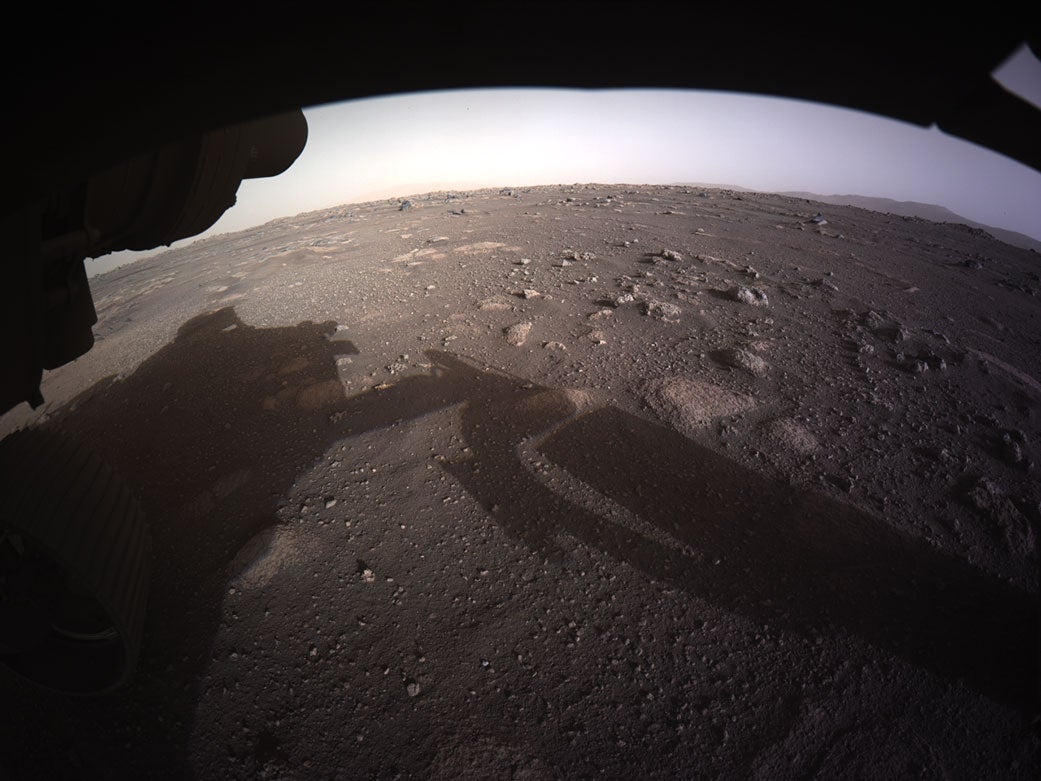
Most of the people with the money know that most of the companies they support are not going to succeed but you only need to hit the big time once and you’re made for life. The banks in Silicon Valley are famous for handing our money to people who have already been declared bankrupt once, but the American legal system seemed to think that Holmes was overdoing it. Theranos was a company founded by a 19-year-old girl and once valued at $9bn. Now it’s worth not very much at all.
There were reports of bizarre behaviour by Elon Musk and rumours of strange working practices in his factories. Despite all this, there is no question that Musk and his team have been able to do things that nobody else seems able to do. Most observers see Space X as being streets ahead of its principal rival, Blue Origin, a company backed by the man who founded Amazon and one of the few men on the planet with enough spare cash to fund his own space programme.
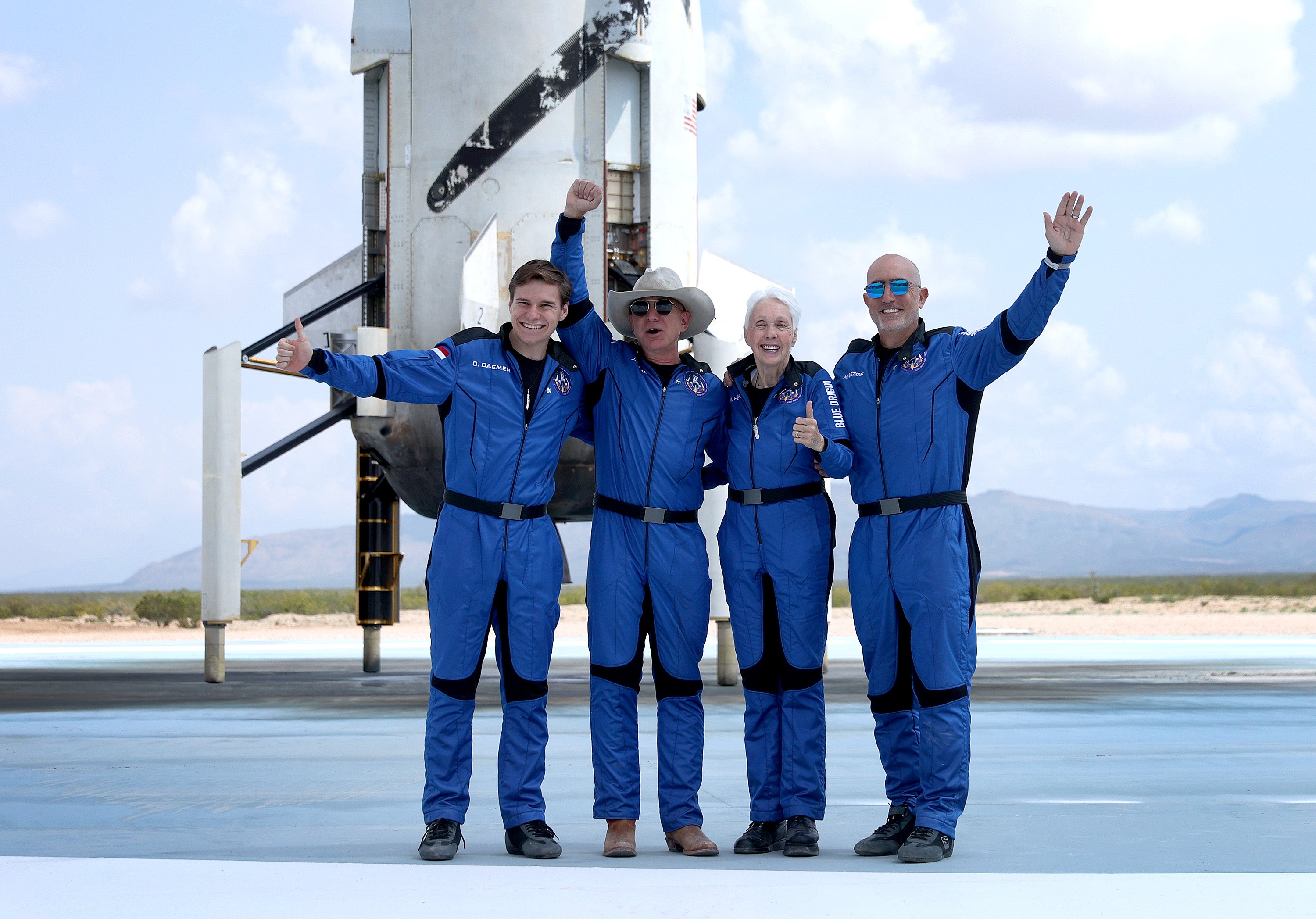
In 2021, Bezos even went so far as blasting a few people to the edge of space. More remarkably still, he risked his own neck on the first flight, joyfully taking in a few minutes of weightlessness while he looked out the window and saw the Earth from above. Incredibly, William Shatner (Captain Kirk) would soon follow in his footsteps. The heroic 90-year-old seemed to carry it off with real aplomb, so much so that people started to criticise him for having spent so much money on a joy ride.
Wind turbines and solar panels became so cheap that they almost obviated the need for coal-powered fire stations. Some countries – including the UK – still have an annoying inability to make them. In the recent past, switching to renewables was like eating a high-fibre breakfast cereal, something we did through gritted teeth with a view to the greater good. Now it’s all different.
Even Rishi Sunak commented that reaching renewable targets was getting easier by the day as costs for wind and solar had halved in the previous five years. Doubtless the government was wishing the same could be said for Crossrail and HS2 where costs only ever seem to increase. In 2010, an individual London Underground (Whitechapel) was budgeted at just over a £100m. In 2021, when the contractors finally handed it over to TfL, it was coming in at £800m, seven times the original estimate. This kind of cost overrun is difficult to comprehend and is surely sucking funding out of the rest of the transport network.
Elon Musk famously doesn’t spend money on advertising but managed to attract the kind of attention that most companies would kill for by crashing one star-ship prototype after another
Of course, it would be misleading to suggest that cost overruns are a uniquely British problem. The Americans have spent most of the past 20 years trying to build the James Webb telescope, something that ought to represent a quantum leap from the hugely successful Hubble Space Telescope.
The project has overrun in time and costs so many times that the Americans have had to go as far as cancelling quite a few other science projects to find enough cash to keep James Webb airborne. This kind of depressing cost overrun is common in aerospace research and none of us should be too surprised to hear of it.
On 24 December a project led by the Americans went up on the venerable European rocket Ariane 5. It will be several months before it can self deploy in an orbit that takes it well beyond the moon. Nasa’s previous space telescope, Hubble, was placed in a comfortable 25-mile high orbit, close enough for the space shuttle to effect repairs whenever things went wrong. James Webb will be much too far out for any human crew to even attempt a salvage or repair mission. It has to deploy autonomously, otherwise a multi-billion dollar project will be heading down the drain.
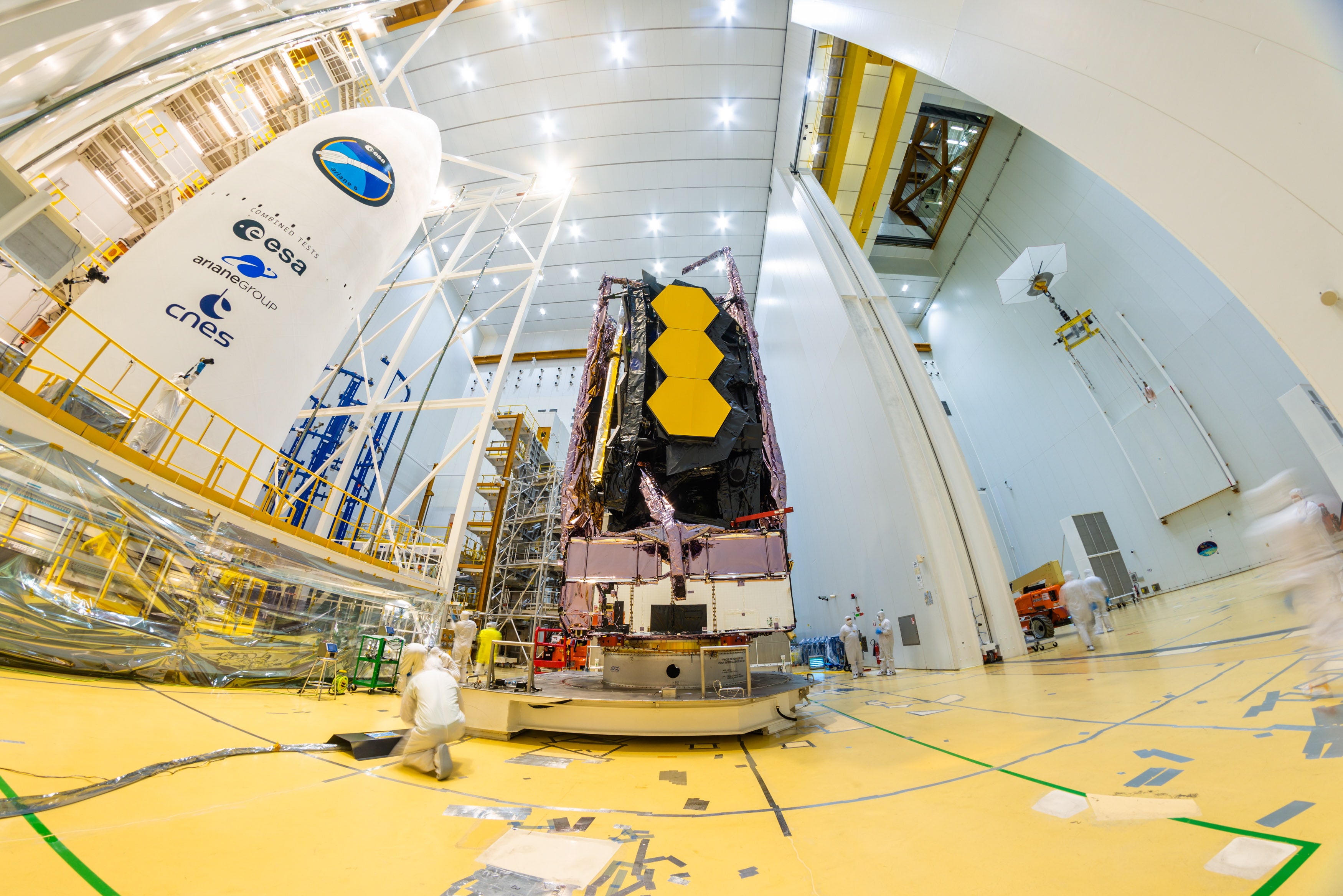
Other areas of aerospace research were still struggling to get over Covid. It was also the year in which the American supersonic start-up company, Aerion, filed for bankruptcy. Founded in 2004, and having amassed millions in private sector support, the company finally demonstrated that hype and extreme self-confidence aren’t enough to guarantee success in a cutting-edge field like supersonic flight. A number of would-be supersonic entrepreneurs are still in the game and at least one of them looks set to perform a test flight in 2022. Lockheed Martin has all but assembled its new supersonic prototype aircraft – the X59. Many years in the making, it was supposed to fly this year but we’ll have to wait until 2022 to find out if it can do either of the things it was designed to do, that is (a) fly faster than sound and (b) fly over a city without a sonic boom.
Elon Musk doesn’t spend money on advertising but managed to attract the kind of attention that most companies would kill for by crashing one star-ship prototype after another. If he’d been building the things with public money, some Americans might have felt differently about the sight of their hard-earned dollar going up in smoke, but as a private space pioneer he manages to get away with it.
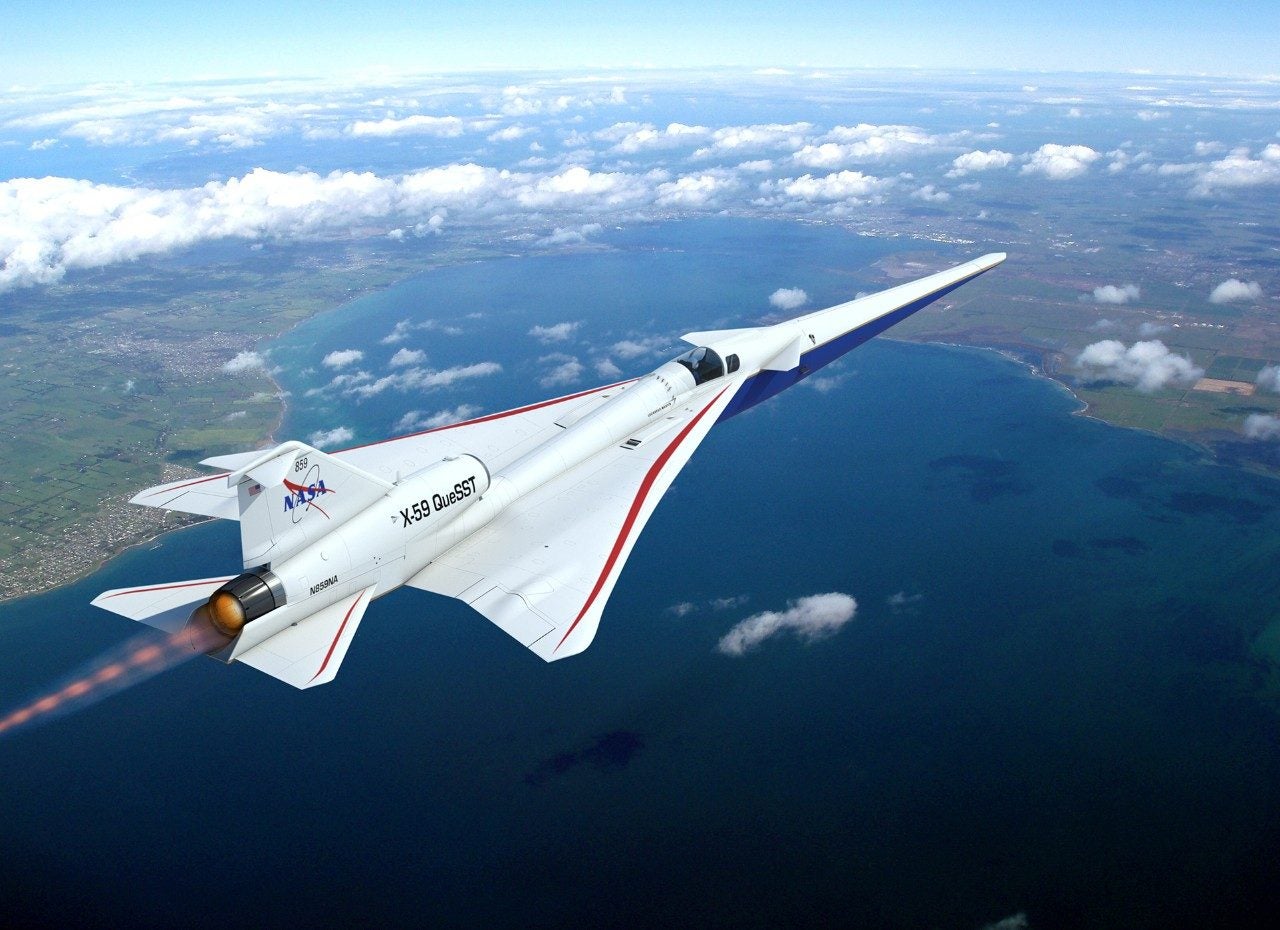
The other ace up his sleeve is the sheer speed of progress. There was a time when mainstream space agencies used to wait for years in between flights, but Space X simply doesn’t have the same patience. As soon as one device blows up, the next candidate is being wheeled towards the launch pad. When Musk finally put one down on the landing pad, millions of people all around the world were willing to believe that a new age had dawned and that this sort of thing would become the new routine in next to no time. I wouldn’t be so sure. Remember that the space shuttle managed to perform 25 successful flights before Challenger blew up. To be fair, Musk has gone on record as saying that “a whole bunch of people were going to die” before we touch down on Mars. Overall, his antics were enough to persuade Nasa to give him the contract to build the next moon lander.
There were other upcoming space firsts that we expected in 2021 but never happened – largely due to Covid. Nasa’s mini-shuttle, Dream Chaser, was slated to fly in late 2021 but the impending launch date has slipped into 202. The massive Space Launch System rocket that the Americans have been developing over years has finally taken shape in Florida but won’t get off the ground until February 2022. With luck, the SLS will lead our return to the moon.
Behind the scenes, Biden was putting pressure on the Saudis to increase oil production and the South Koreans announced plans to build a floating city
Musk’s other company, Tesla, seems to be gaining strength, not to mention admiration from global financial institutions. At times, the share value of a company that is still really quite small seems to rocket in anticipation. We’ve waited a long time for a battery driven car but there are so many rivals fighting to catch up with Tesla that there’s bound to be a similar or better product on the market pretty soon.
Cynics have pointed out that even if we had all the electric cars we need, there wouldn’t be enough electricity points to recharge the batteries. With this in mind, the British government has revealed plans for yet another wave of recharging points and when you listen to Boris talk about it, you can almost believe it’s going to happen. All these electric cars are going to demand a massive boost to our electricity production and there’s no shortage of ideas of how we could make it.
The year 2021 also saw further progress on the mythical fusion reactor, ITER, in Provence. As usual, costs were over-running on a scale previously unimagined and more than one commentator was wondering if the project would ever be finished. One potential critic is Rolls-Royce, which – like quite a few other engineering groups – sees a future in nuclear fission. It is looking at something similar to one of the reactors the company has been putting in Royal Navy submarines for decades although this would have to be scaled up. If all goes well, one such reactor might power a million homes. For a while we seemed to be turning our backs on nuclear fission reactors but this is back to the future stuff.
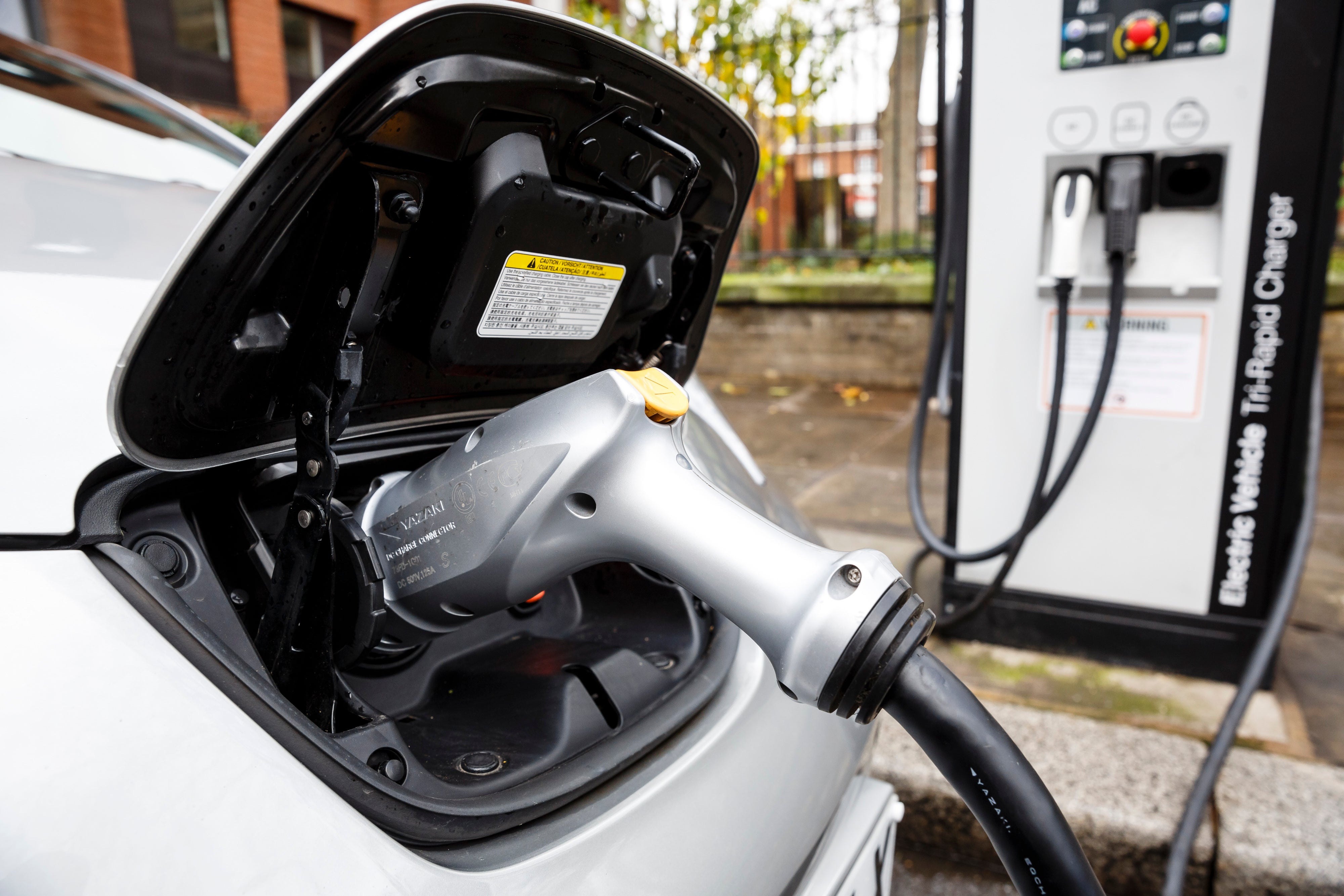
But if fission is a proven technology, other groups are looking for something entirely new. A British company by the name of Xlinks managed to convince people that it could lay an electrical cable all the way from Morocco to England by 2027. At 3,80km in length, it sounds fantastic but remember that we’ve had telephone wires across the Atlantic for more than 100 years. A cable that could carry 10 Gigawatts is a bit more ambitious than a few telephone calls but we’ve already laid down cables to France, Norway and Denmark and they’re part of our energy mix for many years. Some power will be lost, but there’s an awful lot of sunlight in the Sahara and the government of Morocco is keen to start flogging the stuff on the raging international market for solar energy.
A much-promoted conference in Glasgow seemed to suggest that renewable energy is the sort of thing we should all be able to agree on, but there were other tell-tale signs that suggest another story. Behind the scenes, Biden was putting pressure on the Saudis to increase oil production and the South Koreans announced plans to build a floating city. Every house in the street has been designed to rise with the forthcoming swell just as soon as climate change finally kicks in. Apparently, the whole project has already been endorsed by the UN, an organisation that is openly committed to the fight against climate change and keeps telling us that something may yet be done.
This sort of thing is not without precedent. During the Cold War the Swiss government had a habit of hosting arms limitations talks. Around the same time, they decided to make it mandatory for every Swiss household to build a nuclear airraid shelter. At this rate there are one or two Pacific islands that might as well start building a two-metre high concrete wall at the top of their beeches now. Even if they start in 2022, it might not be finished in time for the swell.

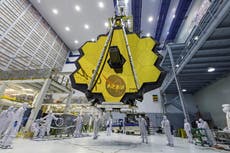


Join our commenting forum
Join thought-provoking conversations, follow other Independent readers and see their replies
Comments